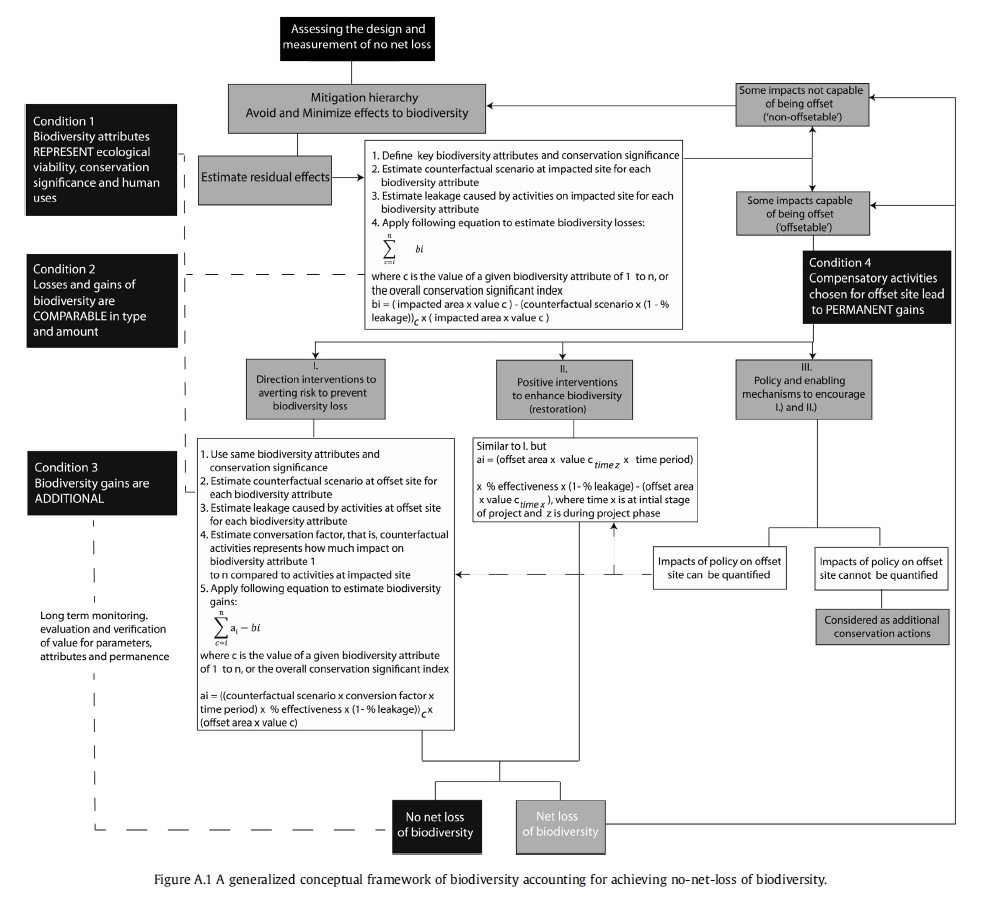Malika Virah-Sawmy, Johannes Ebeling and Roslyn Taplin have published a new paper on “Mining and biodiversity offsets: A transparent and science-based approach to measure “no-net-loss” in Journal of Environmental Management (Volume 143, 1 October 2014, Pages 61–70). Read more here and find the abstract copied below.
Abstract
Mining and associated infrastructure developments can present themselves as economic opportunities that are difficult to forego for developing and industrialised countries alike. Almost inevitably, however, they lead to biodiversity loss. This trade-off can be greatest in economically poor but highly biodiverse regions. Biodiversity offsets have, therefore, increasingly been promoted as a mechanism to help achieve both the aims of development and biodiversity conservation. Accordingly, this mechanism is emerging as a key tool for multinational mining companies to demonstrate good environmental stewardship. Relying on offsets to achieve “no-net-loss” of biodiversity, however, requires certainty in their ecological integrity where they are used to sanction habitat destruction.
Here, we discuss real-world practices in biodiversity offsetting by assessing how well some leading initiatives internationally integrate critical aspects of biodiversity attributes, net loss accounting and project management. With the aim of improving, rather than merely critiquing the approach, we analyse different aspects of biodiversity offsetting. Further, we analyse the potential pitfalls of developing counterfactual scenarios of biodiversity loss or gains in a project’s absence. In this, we draw on insights from experience with carbon offsetting. This informs our discussion of realistic projections of project effectiveness and permanence of benefits to ensure no net losses, and the risk of displacing, rather than avoiding biodiversity losses (“leakage”). We show that the most prominent existing biodiversity offset initiatives employ broad and somewhat arbitrary parameters to measure habitat value and do not sufficiently consider real-world challenges in compensating losses in an effective and lasting manner. We propose a more transparent and science-based approach, supported with a new formula, to help design biodiversity offsets to realise their potential in enabling more responsible mining that better balances economic development opportunities for mining and biodiversity conservation.

